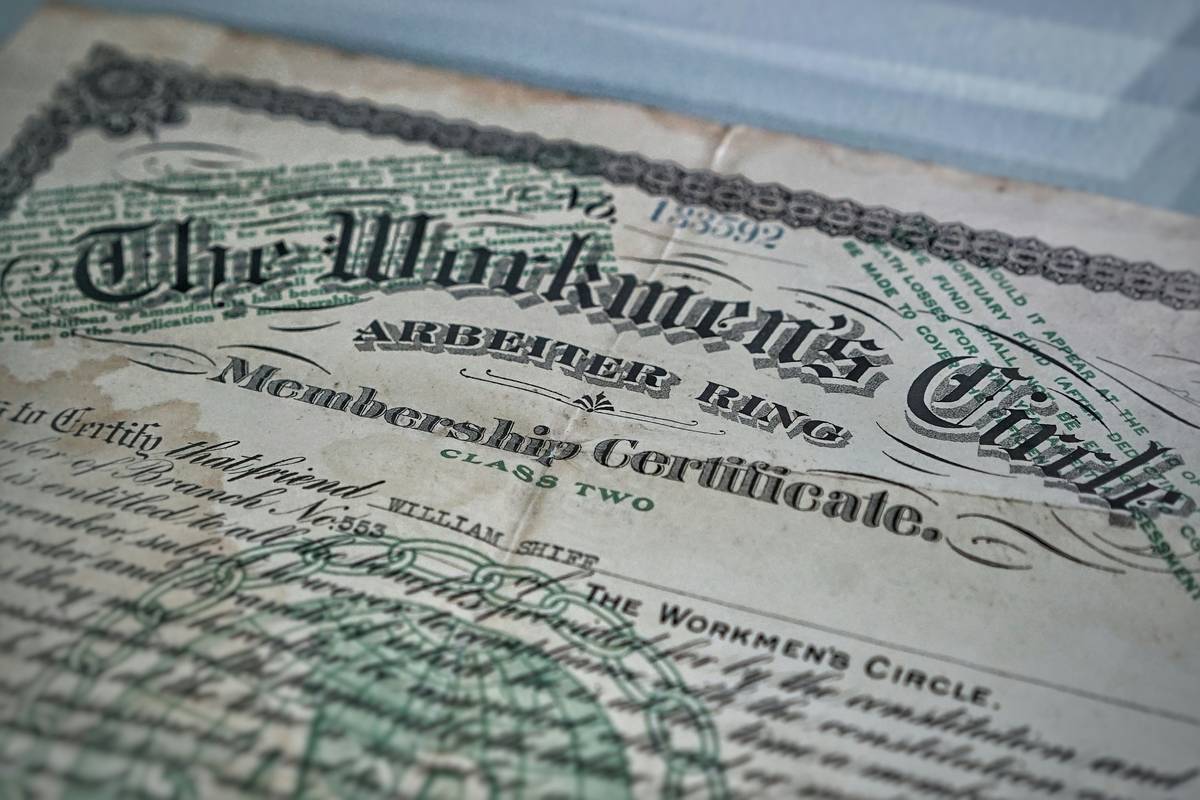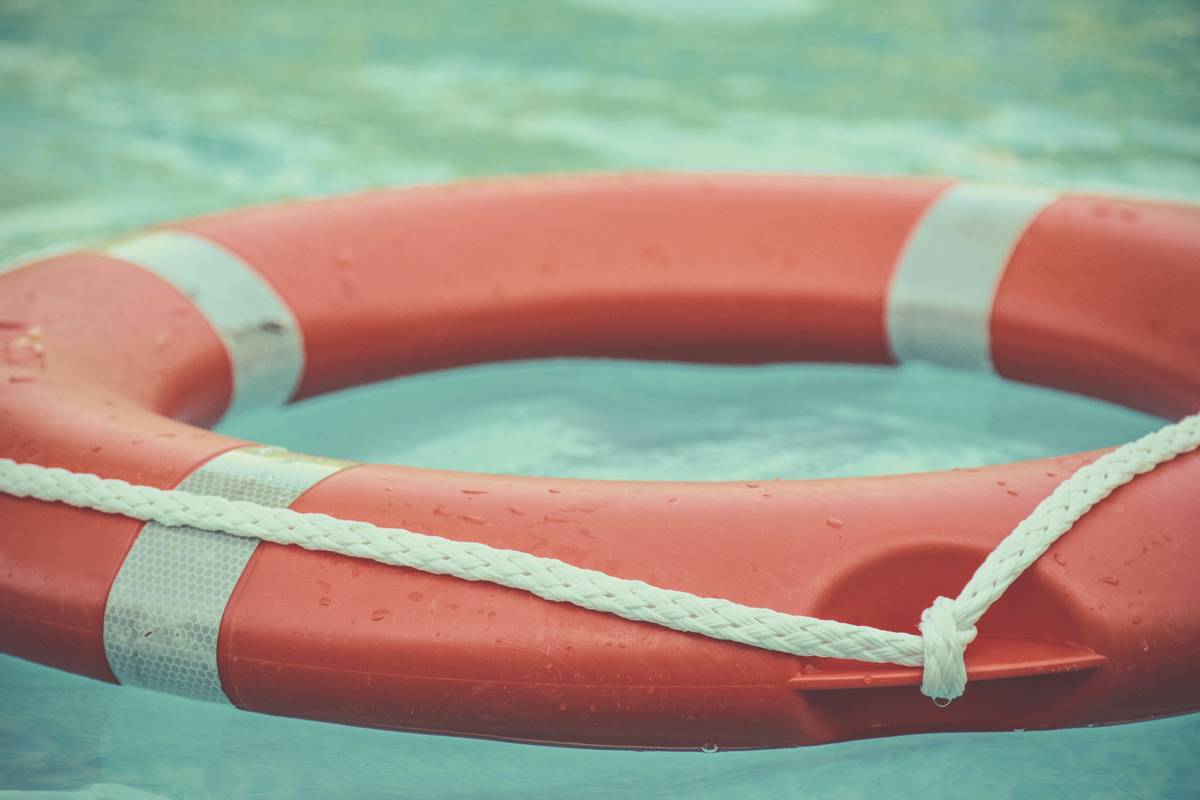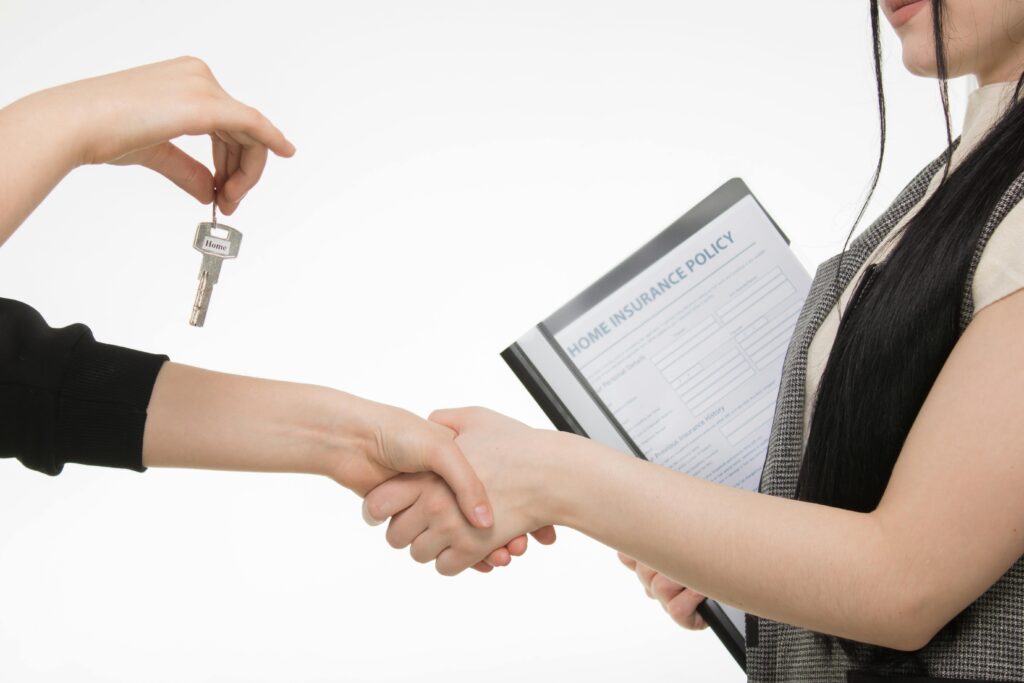Ever wondered what happens if the unthinkable occurs while you’re traveling abroad or managing political risks? Yep, it’s a grim thought—but one worth addressing. Accidents don’t come with warning bells, and when they happen, financial burdens can add insult to injury. That’s where accidental death coverage comes into play. But how does this type of insurance fit into broader topics like credit cards, political risk insurance, and personal finance planning? Buckle up because today we’re diving deep into all things accidental death coverage.
In this post, we’ll tackle why accidental death coverage matters for your wallet (and peace of mind), how to evaluate policies, real-world examples, and even some brutally honest advice about common pitfalls people make when choosing coverage. Let’s get started!
Table of Contents
- Why Accidental Death Coverage Matters
- How to Evaluate Policies: A Step-by-Step Guide
- Top Tips & Best Practices for Smart Choices
- Real-World Examples of Accidental Death Coverage in Action
- Frequently Asked Questions
Key Takeaways
- Accidental death coverage provides financial protection for unexpected tragedies.
- It complements other insurances like political risk insurance but isn’t a catch-all solution.
- Evaluating policy details and exclusions is crucial before committing.
- Over-relying on accidental death benefits tied to credit cards can leave gaps in coverage.
Why Accidental Death Coverage Matters
Let’s face it—we live in unpredictable times. Whether you’re jet-setting for work or navigating global uncertainties as part of a business operation, accidents are an unfortunate reality. And trust me, I’ve been there. Once, during a work trip overseas, I didn’t realize my company’s basic travel insurance wouldn’t cover accidental deaths due to “non-work-related activities.” Oops. Lesson learned.
So why does accidental death coverage matter so much? First off, let’s break down the stats:
According to safety reports, accidental injuries remain among the leading causes of death globally each year. In 2022 alone, over 24 million cases were reported worldwide.

From car crashes to slips on icy sidewalks, these incidents aren’t limited by borders—or job descriptions. For anyone juggling international ventures tied to political risk insurance, adding accidental death coverage ensures extra layers of security. The question becomes less about “if” and more about “how well” you’re covered.
How to Evaluate Policies: A Step-by-Step Guide
Optimist You: “Picking an accidental death policy will be quick!”
Grumpy Me: “Ugh, only after coffee—and lots of reading fine print.”
Here’s how to navigate choosing the right policy without losing your sanity:
Step 1: Understand Your Current Coverage
If you own a credit card with built-in travel protections, check whether it includes accidental death coverage. Many premium cards offer modest payouts, but rarely enough for major financial obligations like mortgages. Pro tip? Don’t rely solely on perks—supplement them.
Step 2: Assess Your Needs
Create a spreadsheet (*yes, spreadsheets are still cool*) listing potential liabilities: debt balances, dependents’ needs, funeral costs, etc. Compare this to available coverage limits.
Step 3: Read the Fine Print Like Your Life Depends On It… Because It Does
Look out for exclusion clauses around pre-existing conditions, extreme sports, or acts of war. If political risk insurance applies to your situation, ensure both policies align seamlessly.

Top Tips & Best Practices for Smart Choices
To save you future headaches, here’s my cheat sheet:
- Layer Your Policies: Combine standalone accidental death coverage with other insurances for holistic protection.
- Avoid Overlapping Limits: Having two $50K policies might sound smart until you realize payouts may not stack as expected.
- Terrible Tip Alert: Some marketers will tell you that credit card coverage equals adequate protection. Spoiler: it doesn’t.
Sidebar rant: Why do companies bury critical info in 12-point font at the bottom of page 72?! Makes me want to throw my laptop across the room.
Real-World Examples of Accidental Death Coverage in Action
Meet Sarah, a freelance consultant who frequently traveled between Europe and Asia. During one assignment, she slipped off a balcony in Thailand. Fortunately, her accidental death policy included international medical evacuation benefits—saving her family tens of thousands in emergency costs.
Or take John, whose company provided political risk insurance but failed to clarify its overlap with accidental death provisions. When he suffered severe injuries during civil unrest, his family had to fight lengthy battles with insurers to secure proper compensation. Moral of the story? Always clarify overlaps upfront.

Frequently Asked Questions
What’s the difference between life insurance and accidental death coverage?
Life insurance covers natural causes of death, illness, and accidents, whereas accidental death coverage specifically addresses unforeseen mishaps.
Can I bundle accidental death coverage with political risk insurance?
Yes! Just ensure both carriers understand coverage scopes to avoid conflicts.
Are payouts immediate?
Typically not. Investigations into claims can delay payouts significantly, depending on circumstances.
Conclusion
At the end of the day, accidental death coverage isn’t just another box to tick—it’s peace of mind wrapped in paperwork. By understanding your options, evaluating needs wisely, and sidestepping shady loopholes, you can create a robust safety net tailored to your lifestyle.
And remember, sometimes life throws curveballs. Protect yourself accordingly 😊 Here’s a little haiku to wrap things up:
Risks loom near and far, Coverage shields through night and day— Stay safe, stay insured.


